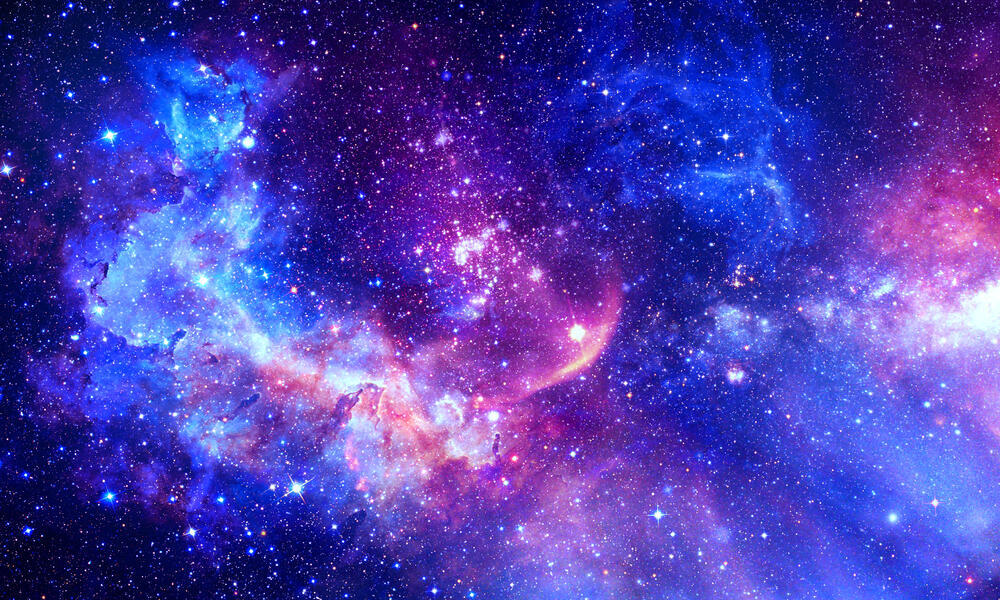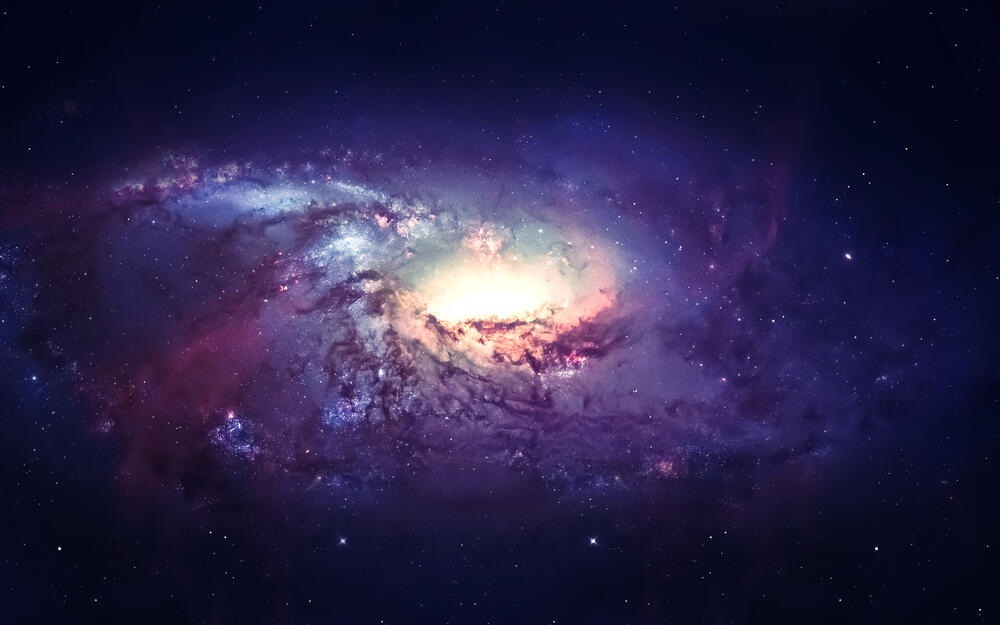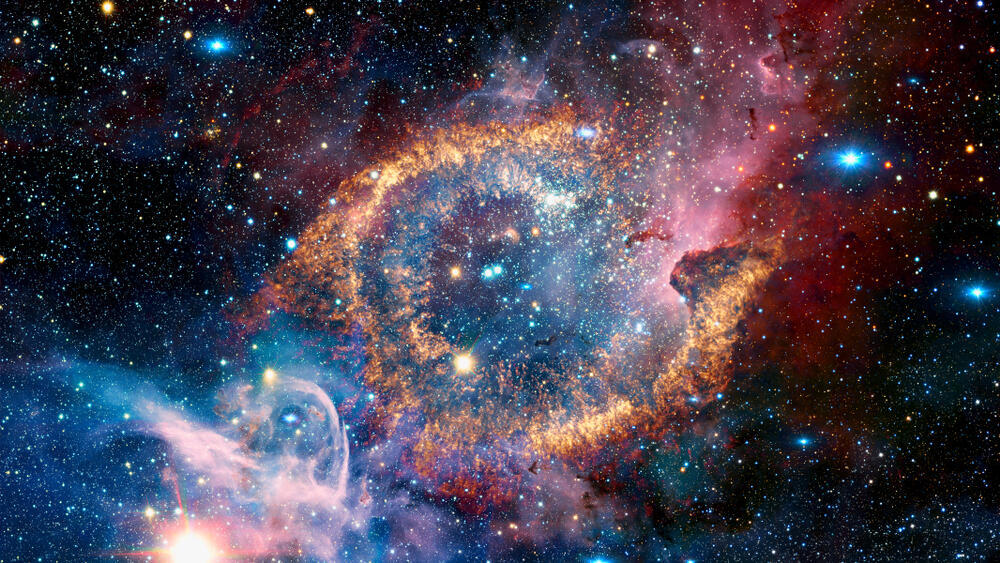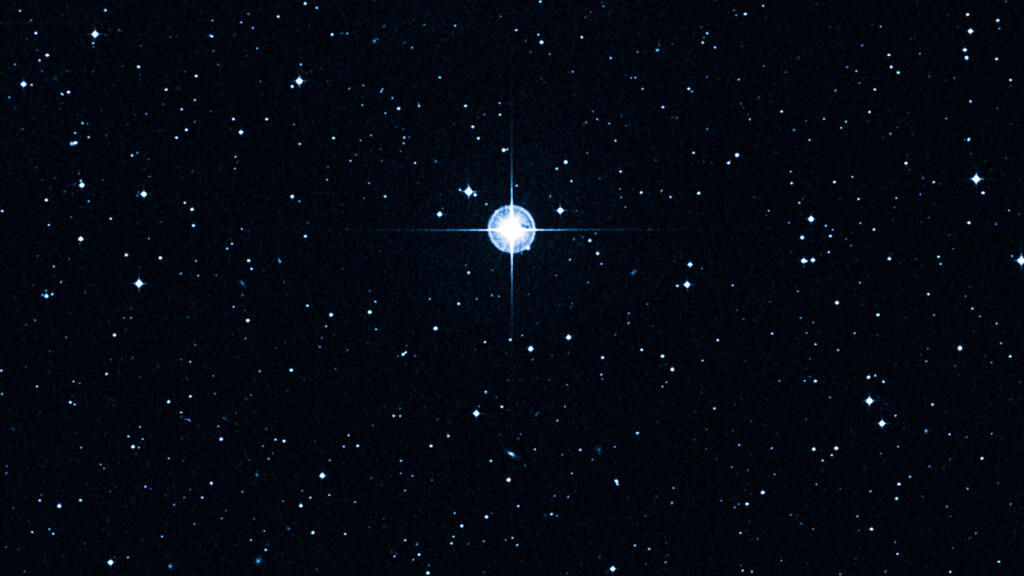The universe is twice as old as current estimates suggest, according to a new study that challenges the dominant cosmological model and sheds new light on what is known as the impossible early galaxy problem.
More stories:
“Our newly-devised model stretches the galaxy formation time by several billion years, making the universe 26.7 billion years old, and not 13.7 as previously estimated,” said physicist Rajendra Gupta from Ottawa University’s Faculty of Science, who conducted the study that was published in the Monthly Notices of the Royal Astronomical Society journal.
4 View gallery


Astronomers and physicists have calculated the age of the universe by measuring the time since the Big Bang and by studying the oldest stars
(Photo: Shutterstock)
For years, astronomers and physicists have calculated the age of the universe by measuring the time since the Big Bang and by studying the oldest stars, based on redshift light reaching from the most distant galaxies.
Redshift light is a physical effect that describes a state in which the measured frequency of light seen by an observer is lower than the frequency the light had when it was cast by its source.
In 2021, thanks to new techniques and technological advancements, the age of the universe was measured at 13.797 billion years using the Lambda-CDM concordance model of the event known as the Big Bang, in which the universe contains a cosmological constant denoted by the Greek letter Lambda (Λ) that’s associated with dark energy and cold dark matter.
The model is based on the theory of general relativity as the correct theory of gravitation on a cosmological scale. The model emerged in the late 1990s as concordance cosmology after a period in which different features of the universe appeared inconsistent, and there was no broad agreement on the composition of the universe’s energy density.
4 View gallery


Stars have been discovered that appear older than the estimated age of the universe
(Photo: Shutterstock)
However, many scientists wondered about the existence of stars like HD140283 – a star located about 190 light-years away from Earth, which is considered the oldest known to humans (approximately 13.2 billion years old), earning it the name Methuselah after the biblical figure who lived for 969 years according to the Bible.
In addition, stars have been discovered that appear older than the estimated age of the universe, through the detection of early galaxies in an advanced evolutionary state made possible by the James Webb Space Telescope.
These galaxies, which existed only about 300 million years after the Big Bang, seem to possess a level of maturity and mass typically associated with billions of years of cosmic evolution. Furthermore, they are surprisingly small and add an additional layer of mystery to cosmic questions.
The discovery by American astronomer Dr. Edwin Hubble regarding the redshift of light coming from distant galaxies led to the conclusion that galaxies are receding from each other at a rate that increases the more distant they become.
This conclusion forms the main basis for the Big Bang theory, which was adopted as an explanation for the formation of the universe.
Swiss astrophysicist Fritz Zwicky opposed the theory of cosmic expansion since calculations at that time showed an expansion rate that was too high compared to observations.
Immediately following the discovery’s publication in 1929, Zwicky provided an alternative hypothesis instead of the new theory. He argued that light loses energy during its journey through space due to gravitational interaction between light particles and massive bodies in space.
This idea was coined as "tired light." Gupta found that by allowing this theory to exist in tandem with the expanding universe theory, the redshift phenomenon can be reinterpreted as a hybrid phenomenon, not just a result of spatial expansion.
4 View gallery


Galaxies which existed 300 million years after the Big Bang seem to possess a level of maturity and mass that are billions of years old
(Photo: Shutterstock)
In addition to Zwicky's tired light theory, Gupta presented in his research the idea of coupling constants (governing interaction between particles), as hypothesized by the British theoretical physicist Paul Dirac, who laid the foundations of quantum mechanics and was a Nobel laureate in Physics in 1933.
According to Dirac, these constants may change over time. By allowing time for development, it’s possible to extend the time frame for the formation of early galaxies observed by the James Webb Telescope from a few hundred million years to several billion years.
This provides a more plausible explanation for the advanced level of evolution and mass observed in these ancient galaxies. Furthermore, Gupta proposes in his research that the traditional interpretation of the cosmological constant, which represents dark energy responsible for the accelerated expansion of the universe, requires correction.
Instead, he suggests a constant that explains the development of coupling constants in the universe. This change in the cosmological model helps address the puzzle of small-sized galaxies observed in the early universe and allows for more accurate observations.


